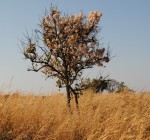 The dust is thick in the air, thrown up by spinning tyres on loose rocks. The slope is near precipitous and the heat is beating down relentlessly on six people standing around a stationary vehicle. With blackened faces, they step back to confer. It is another winch job, they mutter. Maybe they should have taken the longer route round after all.
The dust is thick in the air, thrown up by spinning tyres on loose rocks. The slope is near precipitous and the heat is beating down relentlessly on six people standing around a stationary vehicle. With blackened faces, they step back to confer. It is another winch job, they mutter. Maybe they should have taken the longer route round after all.
These six people comprise one of the teams battling it out in the bush in the Elephant Charge. The Elephant Charge is an annual event in which teams of six, in 4×4 vehicles or on motorcycles, navigate through difficult, often mountainous, terrain in order to reach nine different checkpoints within an eight hour timeframe. The winner is the team that completes the course in the shortest distance, usually around 25km, rather than the quickest time, so it is more about tactics and good team work than speed. The location of the checkpoints is only disclosed the evening before the race, when teams busy themselves plotting their route, beers in hand, late into the night.
Now in its fifth year, the Elephant Charge, which takes place over the Independence weekend in October, attracts up to 30 teams of cars and motorbikes (there is a separate class for motorbikes) along with their supporters and families – over 300 people camping in some remote area a few hours out of Lusaka. Given that it is in October, it is hot and dusty, and by the end of the weekend everyone is thoroughly exhausted. But they love it. In fact, the Elephant Charge has become one of the highlights of the Zambian calendar.
But the event is not all about getting hot and dusty in the bush. There is a much more important underlying aim of the Elephant Charge: to raise money for conservation causes in Zambia. In 2011, the event raised over K400 million for its chosen charities thanks to the participants and sponsors.
Zambia is blessed with truly amazing wilderness, exceptional wildlife areas and is home to a great numbers of rivers, lakes and waterfalls. The Zambezi, Luangwa and Kafue Rivers, along with their surrounding habitats, are amongst the top significant wilderness areas in Africa. Zambia has a responsibility to ensure the long term survival of all these natural assets.
It is very hard to imagine the future and fully understand what impact the current threats to the environment will have. In the mid 1970s, there were over 4,000 black rhino in the South Luangwa National Park and if you had asked anyone who lived there is it possible to imagine them all being killed, the answer would have been no. But 10 short years later they were all gone. Poaching had wiped out the entire population of black rhinos. The increase in wealth in both the Middle East and the Far East created a demand and where there is demand there is supply. On average, an estimated 20 elephant were killed every day in the Luangwa Valley during the same period.
So what are the threats to the Zambian wilderness, wildlife and natural resources today? Zambia is experiencing the sixth fastest deforestation rate in the world and, along with increased pollution from ever-expanding industry, this is a key threat. The wildlife is under enormous threat from the demand for bush meat. It is estimated that 90% of the bush meat eaten in the urban areas is supplied illegally. This means poaching – killing the wildlife in the wild illegally, without a license and therefore in a totally unsustainable way. As the economy grows, so does the demand for bush meat and so the poaching increases. This is certainly going to lead to the reduction if not the demise of the wildlife in this country.
Imagine a Zambia with no game – it is a distinct possibility and in the not too distant future. We all have a tendency to think in a few decades ahead, at most. But what about in 50 years or 100 years? What will Zambia’s natural asset list be then?
The Elephant Charge believes that the key lies in the next generation. Educating today’s children will mean that tomorrow’s leaders will hopefully make the right choices. They can also influence their elders, today’s leaders, on how to make a difference today. A confident teenager can have quite an impact on what the household eats if they feel strongly about it.
So “conservation through education” is the byline of the Elephant Charge. There are a number of conservation organisations that are supported by the funds raised by the teams that sweat it out in the October sun but the one that has the greatest potential to make the largest impact on the next generation is the Chongololo and Chipembele Clubs.
This year, the Chongololo Club is celebrating an impressive 40th birthday. The Wildlife and Environmental Conservation Society of Zambia (60 years old in 2013), which runs the programmes, estimates that up to ten percent of the population is somehow reached by the club’s education programmes. There are over 500 clubs countrywide with an average membership of thirty and the weekly radio programme has a membership of over 83,000, with an annual increase of 800 new members. But who else listens that is not counted? It might be hundreds of thousands.
At the closing ceremony (party!) of the 2012 Olympics the song Imagine by John Lennon was a reminder that we can dream up our future. Imagine a Zambia where the rivers flow with clear water, there is an alternative to firewood and charcoal, pollution is strictly controlled and where the wildlife is not under threat due to demand for bush meat. It is possible. But we need to empower the children of tomorrow with this dream if it is to be achieved.
The Zambian Elephant Charge runs on the format of the now famous Rhino Charge of Kenya. Twenty years since its conception, the Rhino Charge now raises over US$1 million a year for key conservation projects. Just imagine!
By Jo Pope
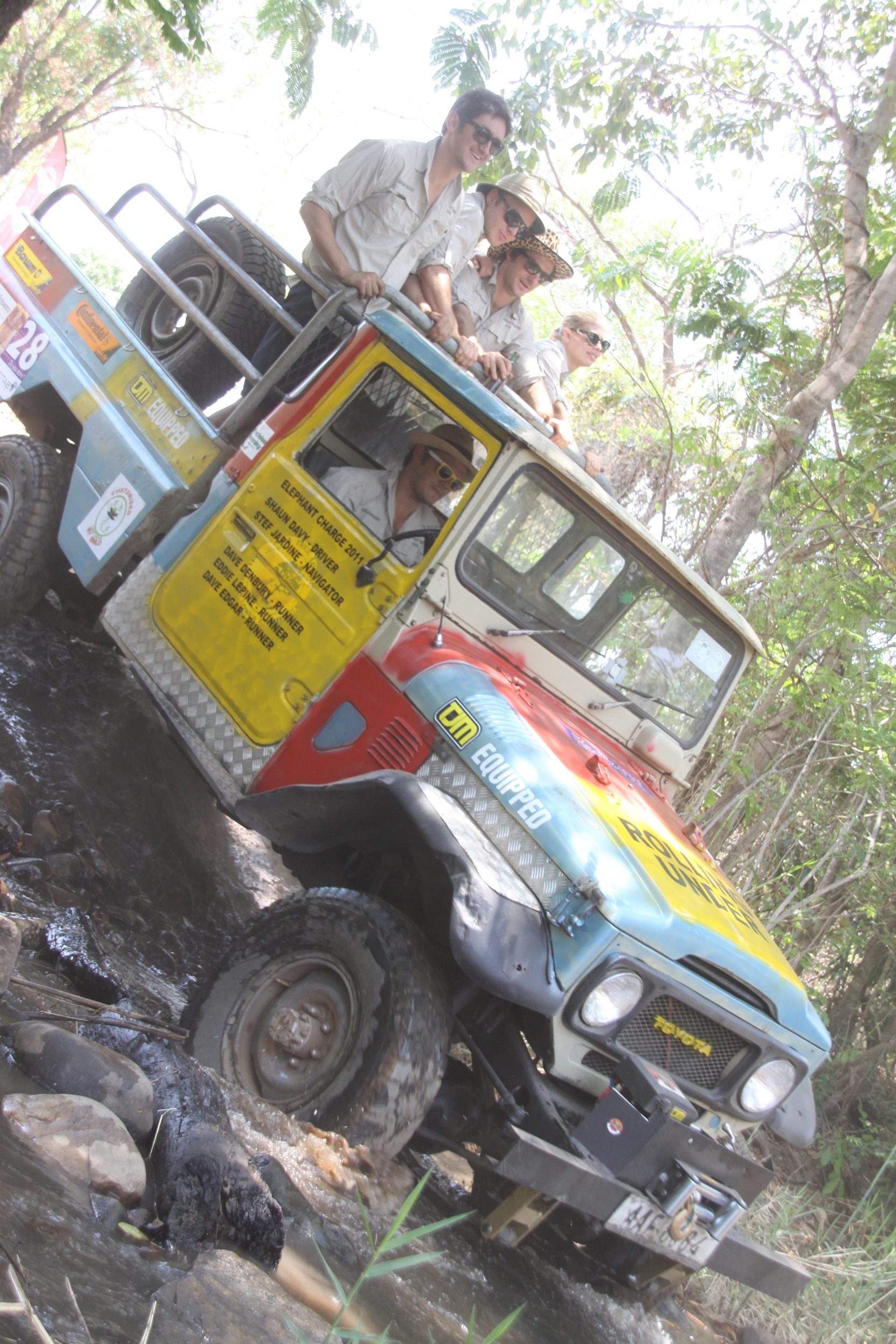
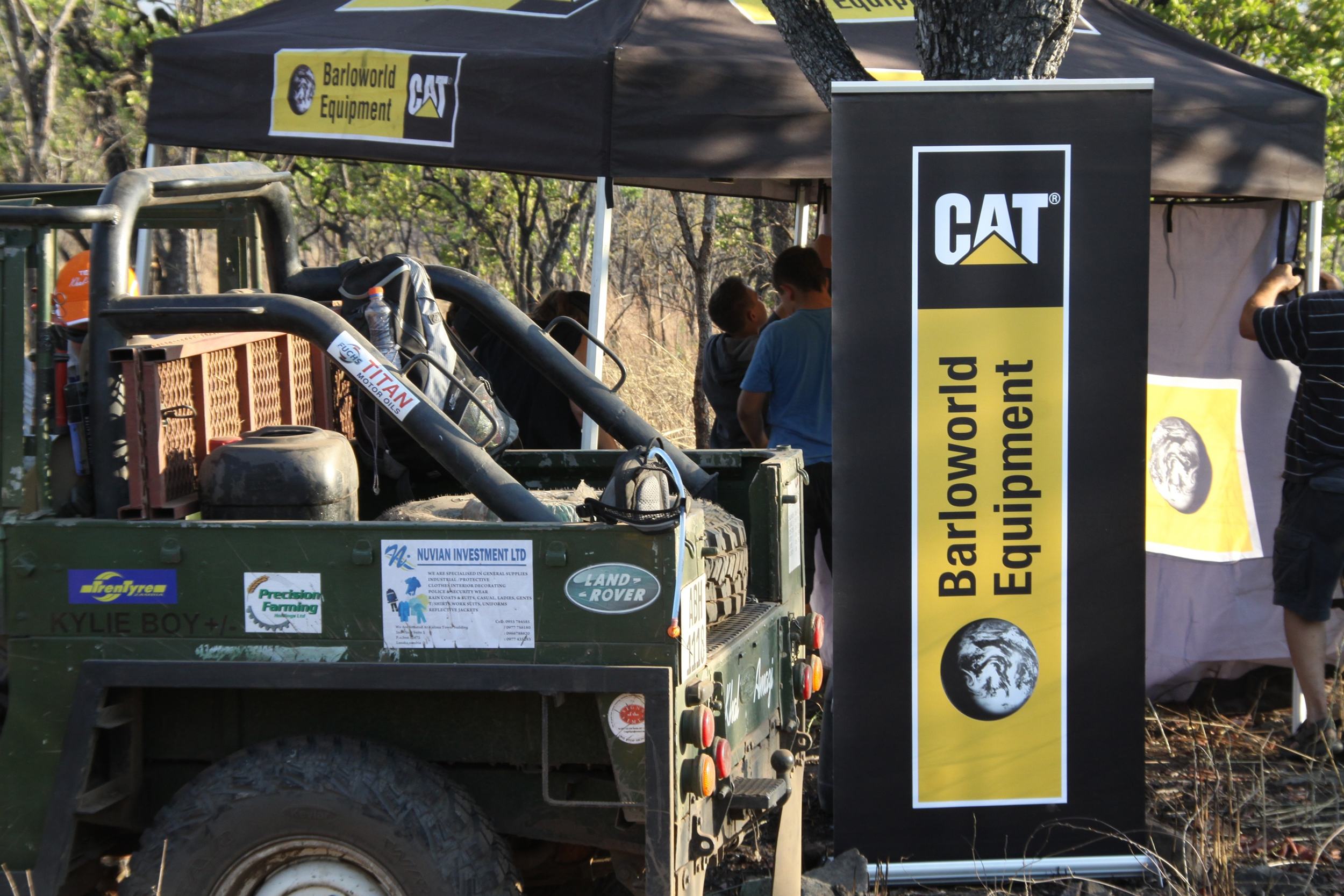
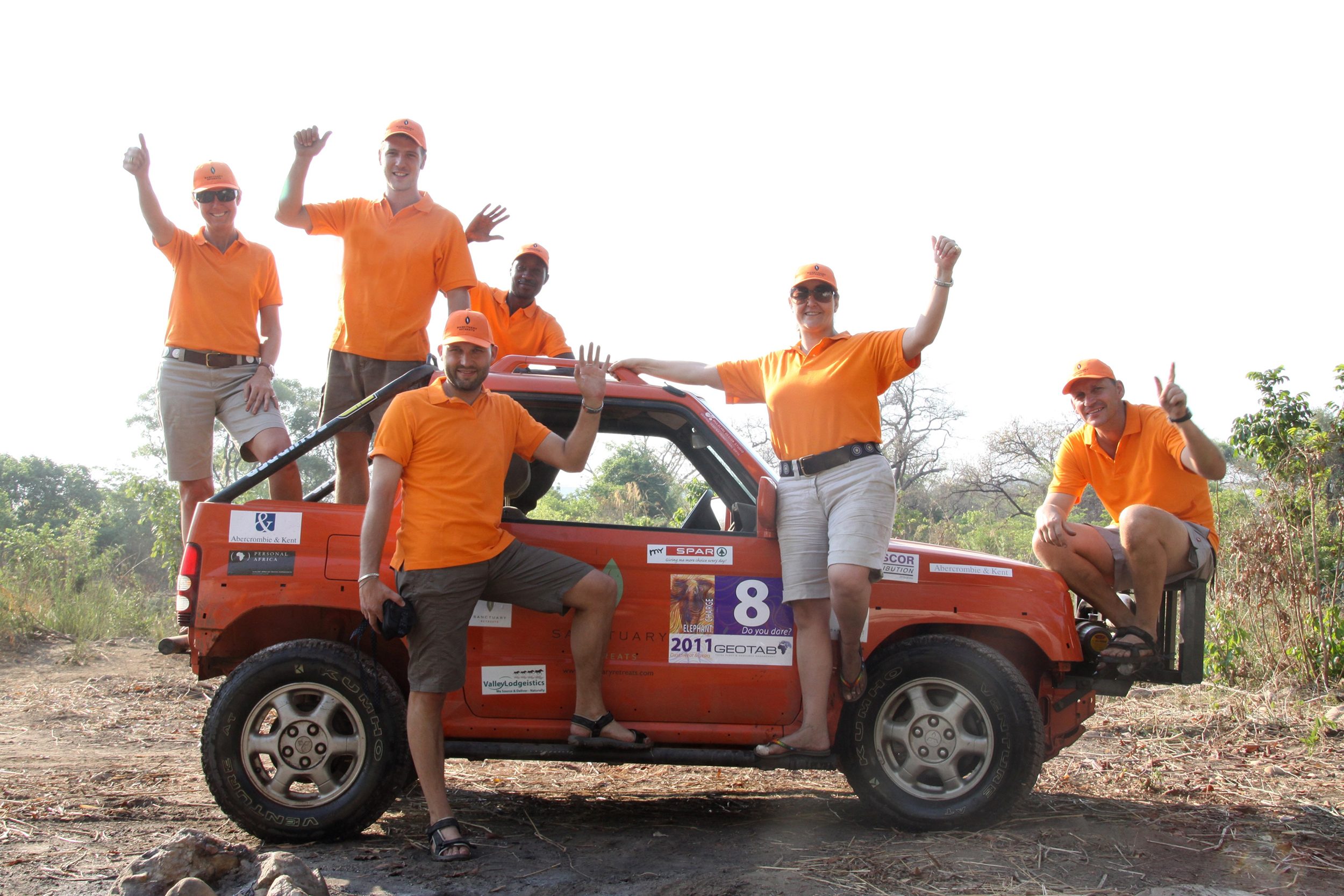
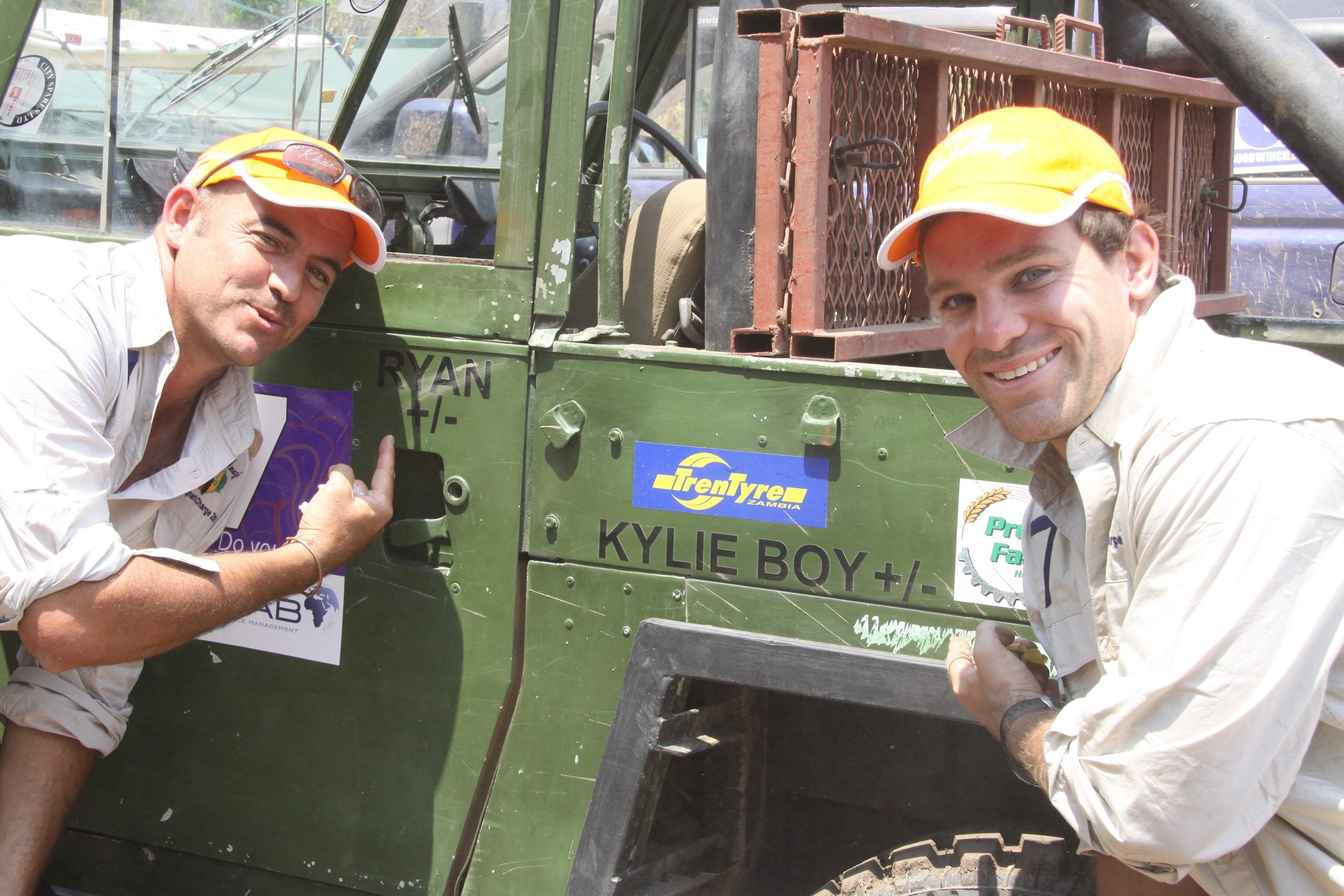
Leave a Reply
You must be logged in to post a comment.